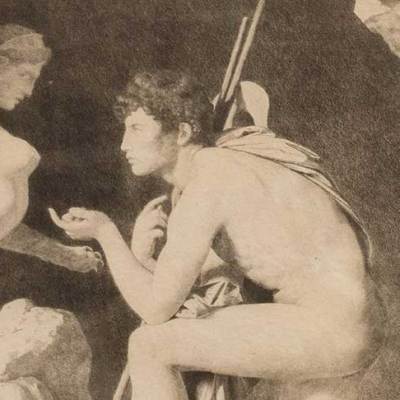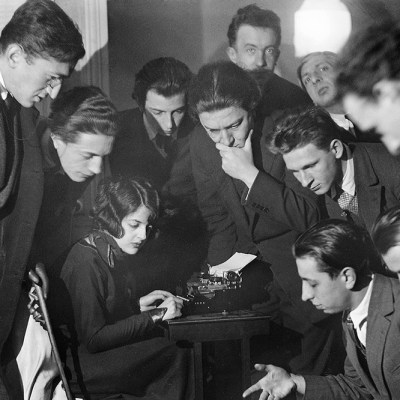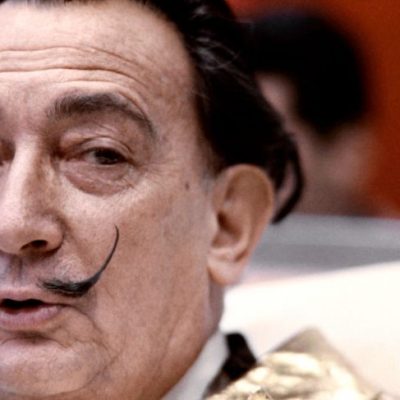From the April 2024 issue of Apollo. Preview and subscribe now.
In more sceptical quarters of the Anglosphere, the work of the psychoanalyst and philosopher Jacques Lacan (1901–81) has long been considered synonymous with the worst excesses of post-structuralist obfuscation. Yet more than 40 years after his death, Lacan continues to cast a long shadow over intellectual life in his native France, and nowhere more so than in the field of visual art. Famously, he was active in the Surrealist movement and familiar with artists including Dalí, Duchamp and Picasso, the last of whom hired him to treat Dora Maar after leaving her for Françoise Gilot in 1944.
Yet his involvement with the art world of his day stretches far beyond his personal relationships with its dramatis personae. He considered the archetypal artist as a kind of spiritual pathfinder for his own practice, and his analyses of paintings including Holbein’s The Ambassadors (1533) and Velázquez’s Las Meninas (1656) are among his most enduring contributions as a cultural theorist. All of which makes it strange that it has taken until now for an institution to mount an exhibition exploring Lacan’s links to art and artists. ‘Lacan, the Exhibition’ is part biographical survey, part crash-course in Lacanian thought, and amounts to a sprawling affair encompassing more than 300 works.
Dormeuse, cheval, lion invisibles (1930), Salvador Dalí. Centre Pompidou, Paris
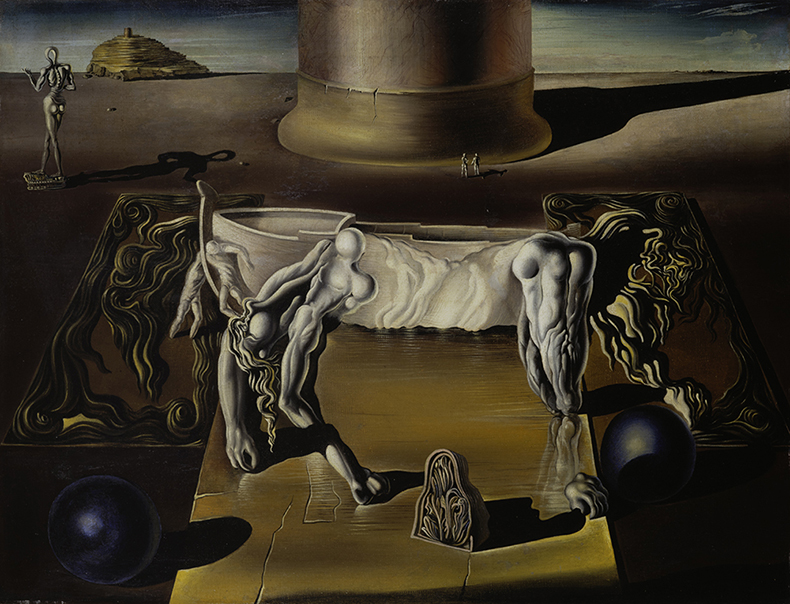
The initial displays are appropriately frightening. Lighting is clinically severe and sharp objects – from Giacometti’s Pointe à l’œil (1931–32) to an assemblage by Bertrand Lavier of 1974, consisting of a spear hung next to a hacksaw – are scattered throughout, seemingly in danger of coming into contact with the numerous depictions of human genitalia on show.
Certain juxtapositions are rather more subtle: in the first gallery, for instance, the reflection of a video projection of Lacan himself bounces off a vitrine positioned opposite. Given his thoughts on mirrors, one senses that this may not be an accident of presentation.
The opening section traces Lacan’s formation and career up to the Second World War. The aforementioned vitrine gives an interesting picture of the context which shaped his work, noting his training in psychiatric hospitals in the 1920s and the influence of his mentor, the art school-educated psychiatrist Gaëtan Gatian de Clérambault.
There follows a truncated résumé of his dabblings in Surrealism, covering the key relationships – Dalí, represented here by Dormeuse, Cheval, Lion Invisibles (1930), André Masson and Sylvia Bataille, for whom Lacan would ultimately leave his first wife and infant child – and his occasional role as a nursemaid to the ideas of the visual artists in his circle. It’s all too brief: the curators seem to be in a hurry to leave behind this kind of literal, biographical study and get to grips with raw theory.
Infanta Margarita Teresa (1654), Diego Velázquez. Musée du Louvre, Paris. Photo: Gérard Blot; © RMN-Grand Palais (Musée du Louvre)

The first plunge into that domain comes courtesy of a gallery devoted to his 1966 seminars on Las Meninas, itself reproduced to scale in excellent quality on a dividing wall, alongside a small portrait by Velázquez of the Infanta Margarita Teresa, on loan from the Louvre. Lacan bypassed one of the more common readings of this most critically dissected of paintings, which focused on the representations of the Spanish royal couple reflected in the mirror at the centre of the composition and presupposes that what we are looking at is a painting of the painter himself portraying his regal benefactors.
The perspective, he reasoned, was off, an incongruous detail in the context of an otherwise precise composition. He chose instead to focus on the canvas itself, of which we see only the reverse. In his reading, Velázquez, gazing directly out towards the onlooker, teases us with the suggestion that should his work in progress be turned around, we might see our own likeness gazing back with his.
As the analyst Gérard Wajcman posits in the show’s catalogue, Lacan possibly viewed the painting as ‘nothing less than a theory of psychoanalysis’ itself. It’s rare to see theory elucidated with such clarity in any display, particularly in the case of a thinker whose written work so often verges on the impenetrable.
This is followed by an equally impressive section on Courbet’s L’origine du monde (1866), a work once owned by Lacan himself. In this instance, the original painting is present and correct, alongside the retractable panels Lacan commissioned Masson to make as a display case for it.
The precision the exhibition has so far maintained tails off thereafter. The rest, gallery after gallery, adds up to an attempt to articulate the tenets of Lacanian thinking through the medium of contemporary art, even the best of which – notably some deathless Annette Messager pieces – is reduced to prop status and shorn of the contextual privilege it merits.
Narcissus (c. 1597–99), Caravaggio. National Gallery of Ancient Art, Rome. Photo © Scala, Florence, dist. RMN Grand-Palais/Scala
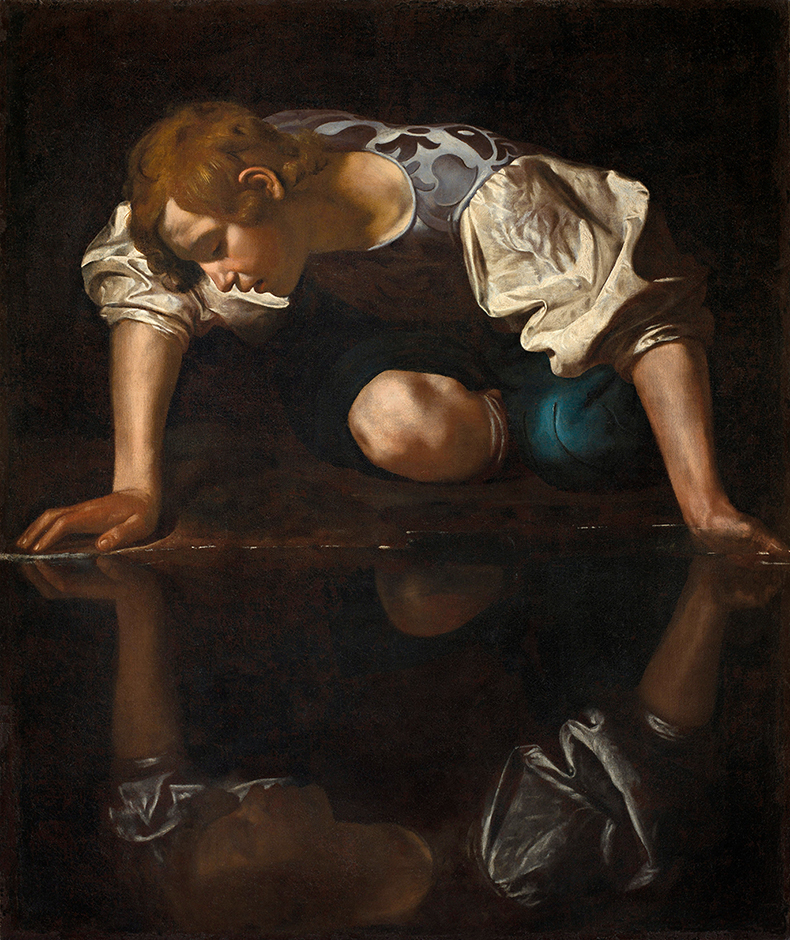
Some sections, in fairness, add up to more than others. A room devoted to Lacan’s thoughts on the gaze as ‘a triumph […] over the eye itself’ pits two versions of Magritte’s Le Faux Miroir (1928–29), on loan from MoMA, against two videos: Douglas Gordon’s Upshot (2020), a menacing close-up of a blinking eye; and a clip from Michael Powell’s film Peeping Tom (1960).
Yet for the most part, it feels like the curators have been allocated too much space, along with carte blanche to raid France’s rich national collections for any work even tangentially relevant to Lacan. As if echoing the thematic bingo playing out on the walls, the explanatory texts become ever more opaque, surpassing Lacan’s own in terms of inscrutability.
Loss of focus is a problem common to many thematic contemporary art exhibitions – to give a recent example, the Paris Pompidou’s ‘Elles font l’abstraction’, another event that featured a spellbinding suite of opening galleries and subsequently failed to live up to its grander ambitions. Nevertheless, the event inadvertently stays true to its subject’s spirit: it is sporadically brilliant – but just as often, listless and rather irritating.
‘Lacan, the Exhibition’ is at the Centre Pompidou-Metz until 27 May.
From the April 2024 issue of Apollo. Preview and subscribe here.

